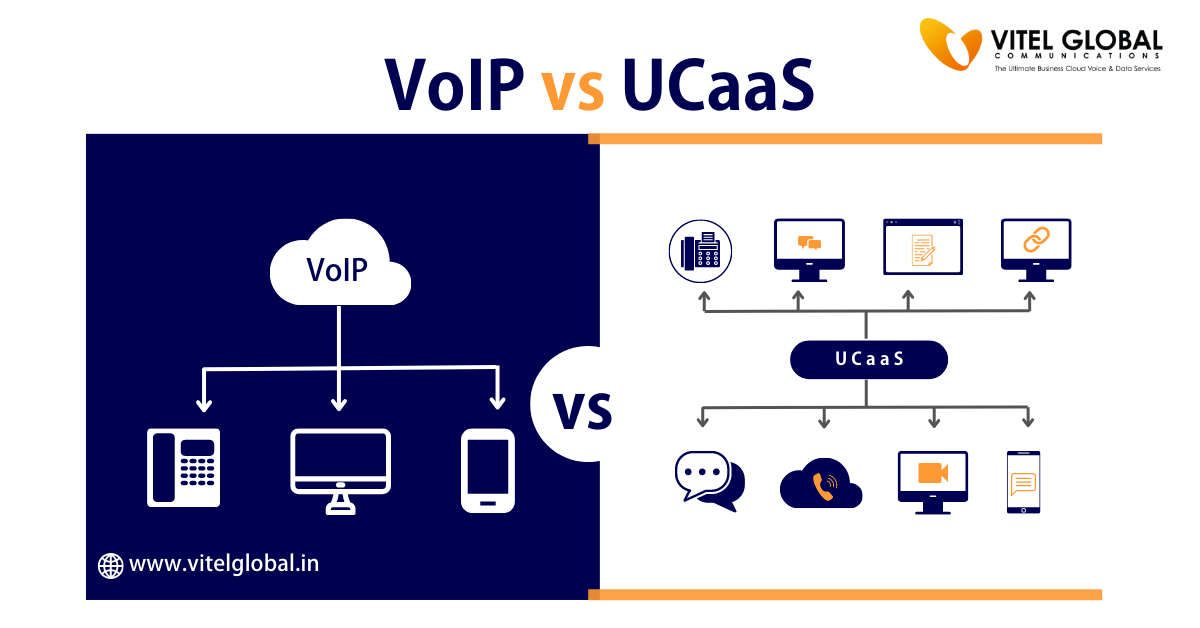Table of Contents
Finding the correct B2B lead generation sales leads can sometimes seem difficult. If you’ve worked with B2B lead creation techniques, you are aware of how challenging it may be. Lead generation for enterprises is not exactly straightforward.
B2B lead generation refers to the process of gathering contacts and information about potential business customers to drive sales.
B2B Lead Generation in the Digital Age
Business-to-business for short, refers to companies that sell mostly to other companies. In a normal marketing strategy, marketing funnel, or sales process, it serves as the critical first stage.
In sales prospecting, a prospective client’s name, email address, job title, and company name are gathered, and then the information is used to target the potential customer with tailored sales presentations or advertising campaigns. B2B lead acquisition differs from B2C lead creation in that B2C leads are direct sales of goods and services to consumers.
It is noteworthy that business-to-business lead creation is distinct from B2C, which involves marketing goods and services directly to individual customers. Moreover, B2B and B2C companies utilize different methods to obtain leads, therefore giving up on B2C tactics is essential if you want to successfully connect with possible B2B clients.
UCaaS for Small Businesses: Affordable Communication Solutions
B2B Lead Generation: From Prospects to Clients
The process of finding the right clients for your product or service and persuading them to make a purchase is known as business-to-business sales prospecting. It is a crucial task for Business-to-business sales and marketing teams. This knowledge base is filled with resources that will help you understand the value of B2B and offer helpful suggestions for starting it at your company right away.
You will require a rigorous lead-generating procedure if you are serious about growing your enterprises. Processes provide salespeople with a tested framework to work within and align the marketing and sales teams. In order to convert prospects into paying customers, salespeople and marketing teams must perform a number of well-planned actions known as lead acquisition.
B2B Lead Generation: Solutions and Strategies
It requires a mix of effective solutions and strategies to succeed in the competitive business landscape. It involves identifying your target audience, creating compelling content, optimizing your online presence, and nurturing leads throughout their journey. Utilizing data and analytics, leveraging social media, and building strategic partnerships are also key components of a successful approach. By implementing these strategies, you can generate high-quality Business-to-business leads and drive sales growth. Let’s look at common challenges in B2B lead generation and provide actionable strategies to overcome them.
Lack of a Clear Target Audience
One of the primary difficulties is not having a well-defined target audience. To solve this, start by creating detailed buyer personas. Understand your ideal customer’s demographics, pain points, and challenges. Use data analytics tools and customer feedback to refine these personas continually.
Insufficient Data Quality
Low-quality data can significantly hinder your sales prospecting efforts. To address this, invest in data cleansing and enrichment tools. Maintain and update your database often to guarantee correctness. Additionally, consider using data validation methods and third-party data sources to supplement your information.
Ineffective Content Marketing
Content marketing is a powerful l lead acquisition tool, but it’s ineffective without a well-structured strategy. To solve this, create valuable, educational, and informative content tailored to your target audience’s needs. Use a variety of content types, such as blog posts, whitepapers, videos, and webinars. Promote your content through multiple channels, including social media and email marketing.
Poorly Optimized Landing Pages
The role that your landing pages play in turning visitors into leads is critical. Optimize them by ensuring a clear and compelling value proposition, a user-friendly design, and a strong call-to-action (CTA). A/B test your landing pages to determine what works best for your audience and continually refine them.
Inadequate Lead Nurturing
Neglecting lead nurturing is a common issue. To solve this, implement an automated email marketing system. Segment your leads based on their behaviour and interests, and deliver personalized content to move them through the B2B Sales Funnel. Drip campaigns and marketing automation tools can help you maintain engagement over time.
Lack of Multichannel Approach
Relying on a single channel for lead acquisition limits your reach. Diversify your approach by leveraging multiple channels, such as social media, paid advertising, SEO, and industry-specific platforms. Conduct market research to identify where your target audience spends their time and focus your efforts there.
Inefficient Lead Scoring
Effective lead scoring ensures that your sales team prioritizes the most promising leads. To resolve this issue, establish a lead scoring system based on factors like engagement level, demographics, and buying intent. Continuously refine your scoring model to align with changing customer behaviour.
Inconsistent Follow-up
Many enterprises struggle with following up on leads consistently. Implement a well-defined lead follow-up process. Set up reminders, use CRM software, and establish clear guidelines for when and how to engage with leads. Timely and persistent follow-up can significantly increase conversion rates.
Inadequate Analytics and Reporting
Lack of proper measurement and analysis can make it challenging to understand what’s working and what’s not. Utilize analytics tools to track the performance of your lead generation efforts. Monitor metrics like conversion rates, cost per lead, and ROI. Regularly review and adjust your strategy based on the data.
A Lack of Measurement and Optimization
The failure to measure and optimize is the ultimate issue with B2B lead creation. You can be passing up chances to enhance your lead generation initiatives if you’re not monitoring your outcomes and making changes. Establishing key performance indicators (KPIs) that will enable you to assess the effectiveness of your lead acquisition initiatives is necessary to address this.
Monitoring indicators like website traffic, conversion rates, and lead-to-customer conversion rates is one approach. A/B testing is another tool you can use to test various strategies and messaging to determine which ones resonate more with your target audience.
Conclusion
In summary, successful B2B lead generation requires clearly defining your audience, optimizing your content and channels, implementing nurturing and scoring, and continuously analyzing performance. By following the strategies outlined above, you can overcome the common challenges. Take the first step today by auditing your current process and establishing goals and metrics. With a solid lead generation foundation, you’ll be primed for B2B sales growth.






